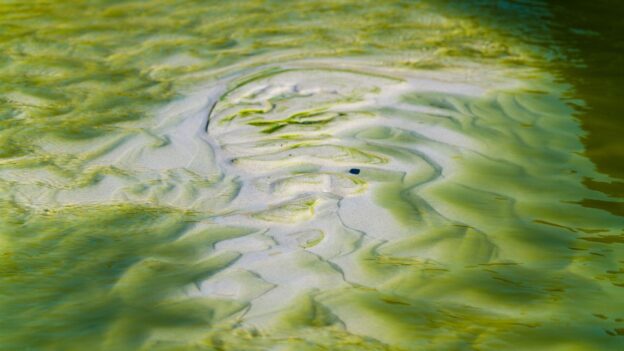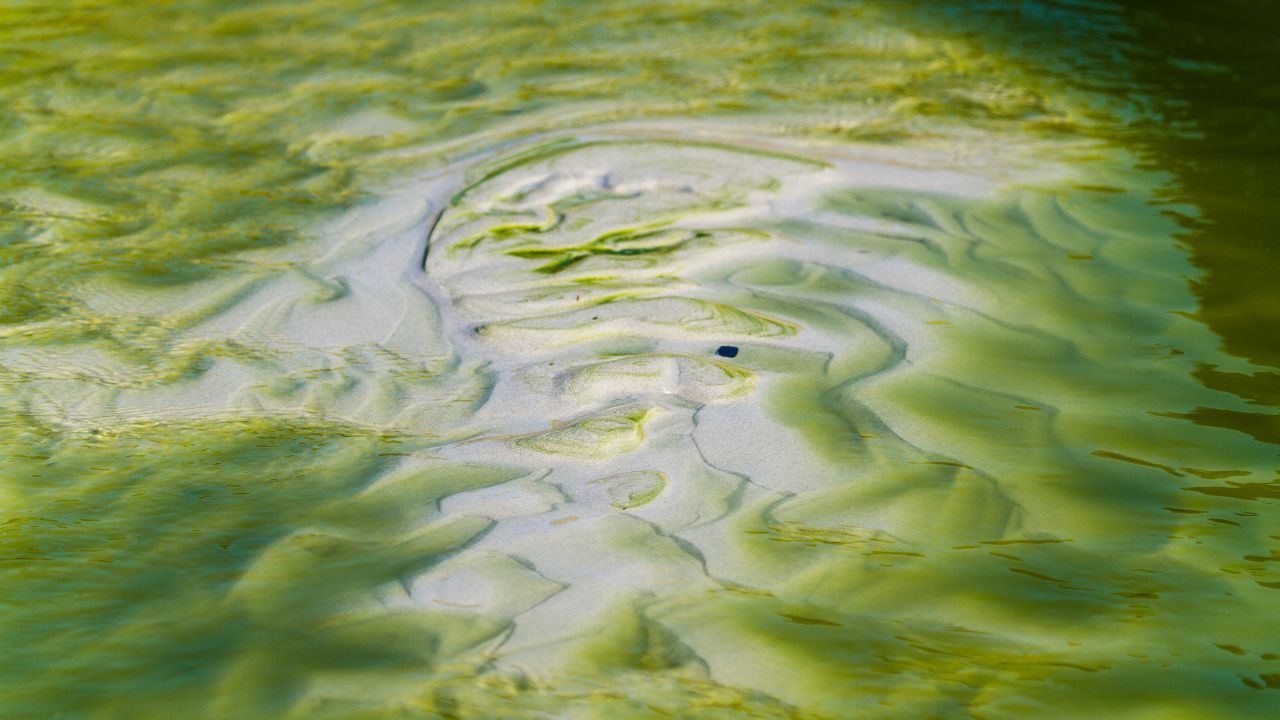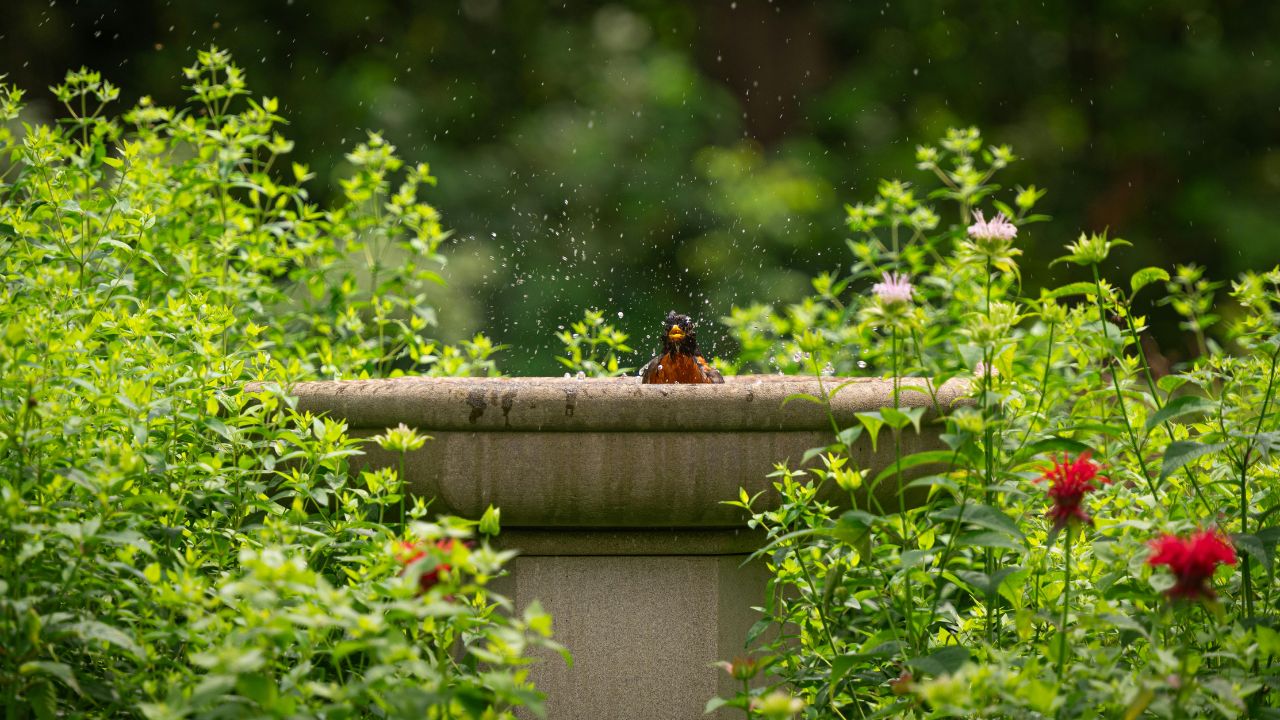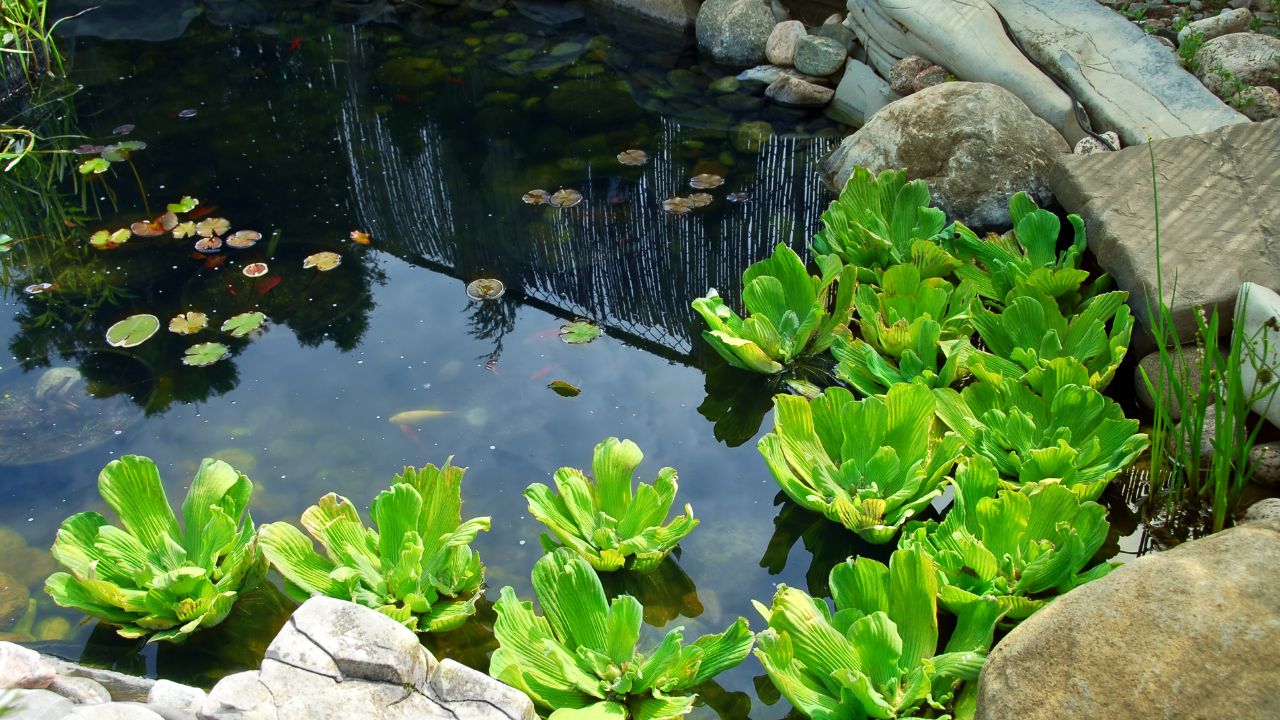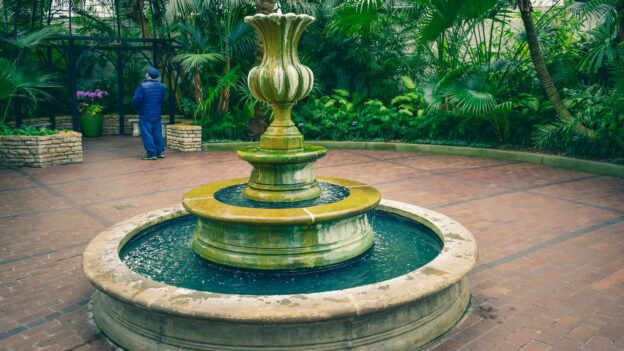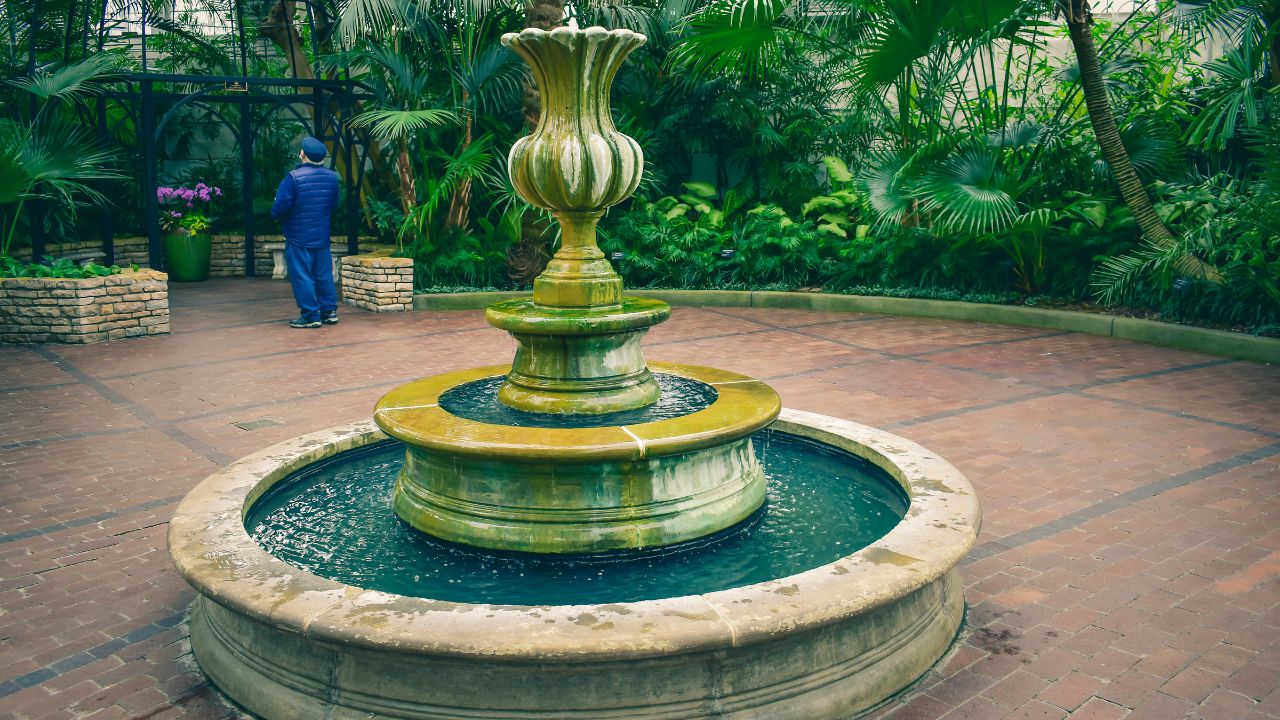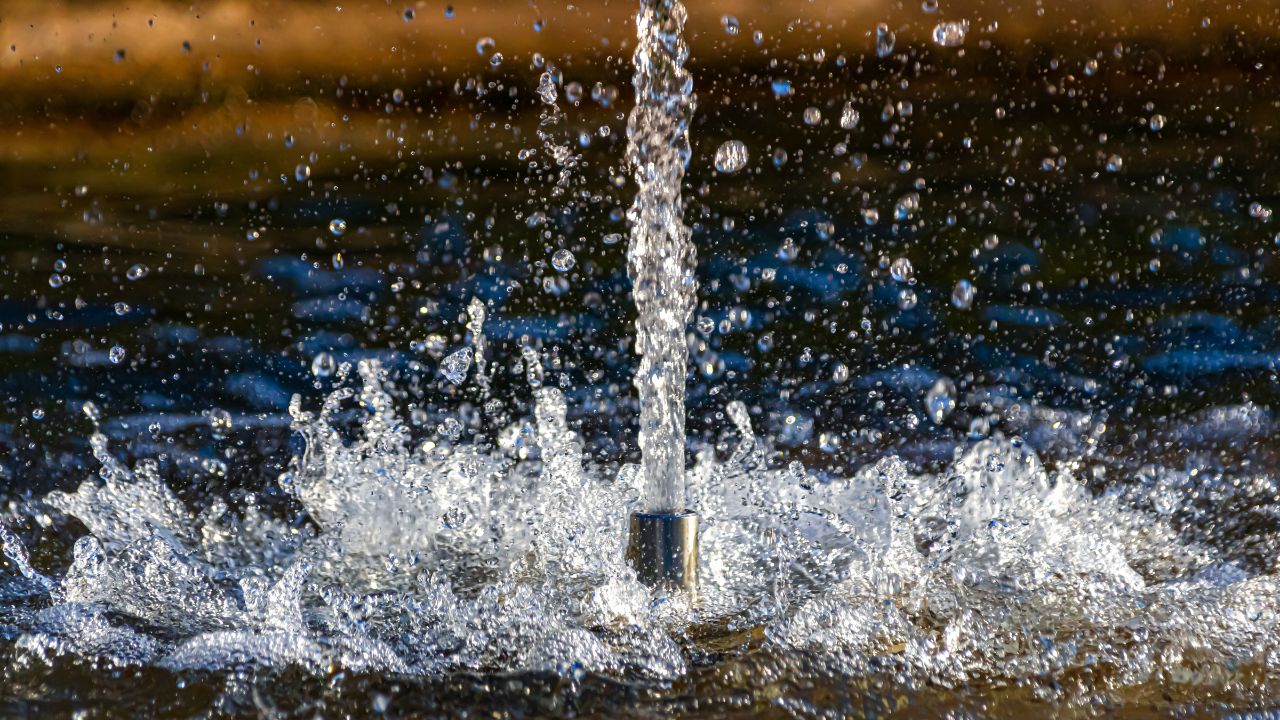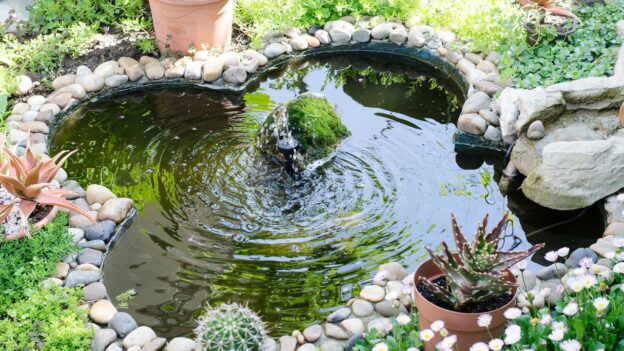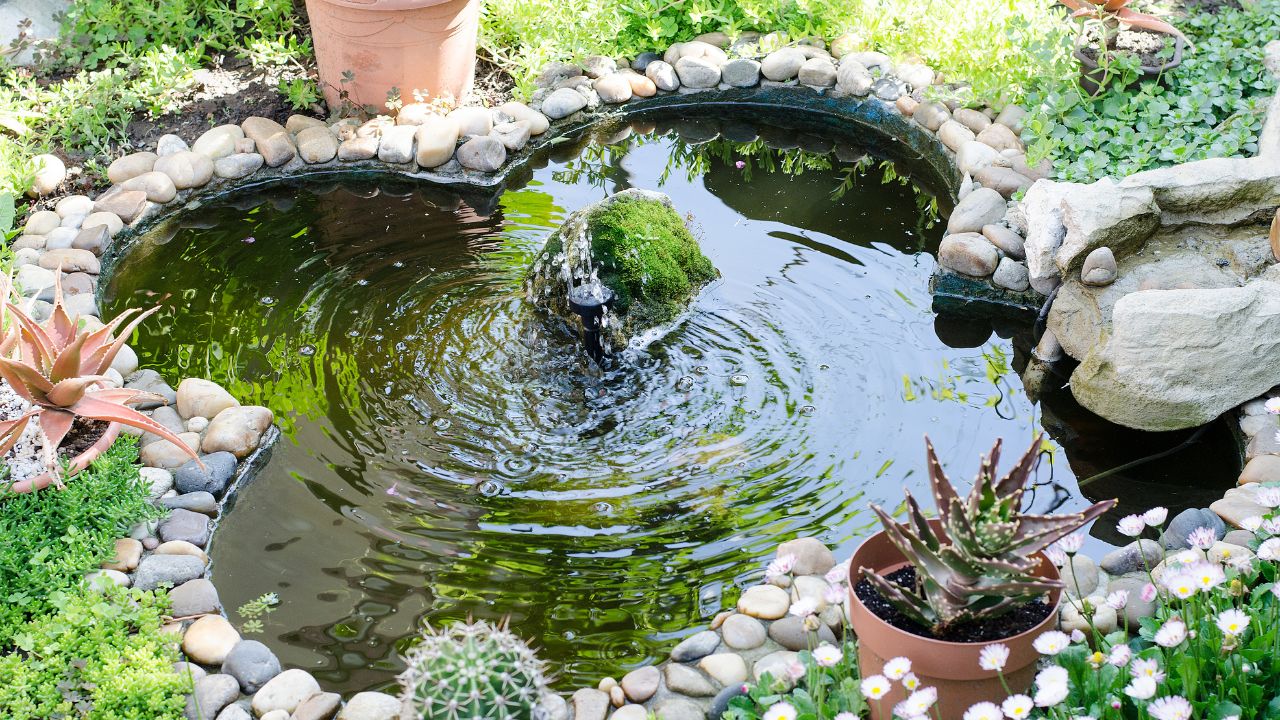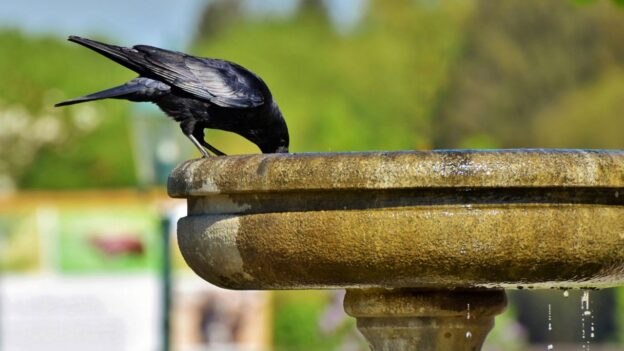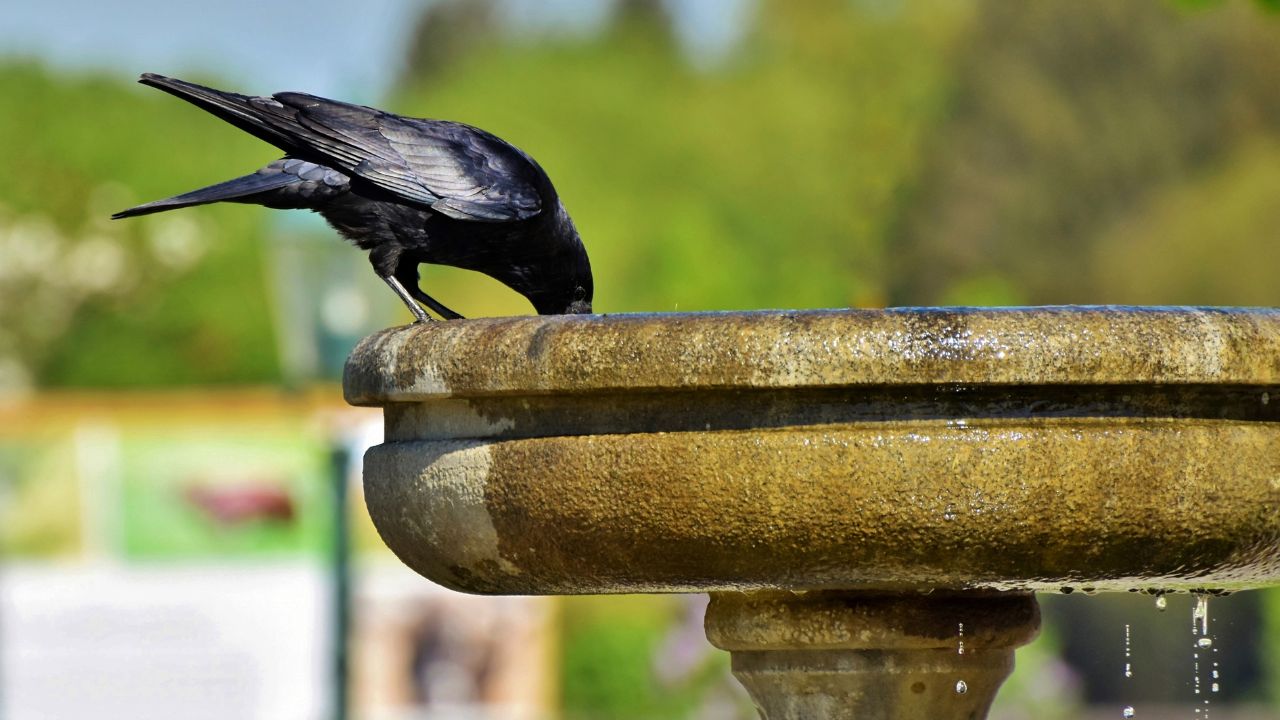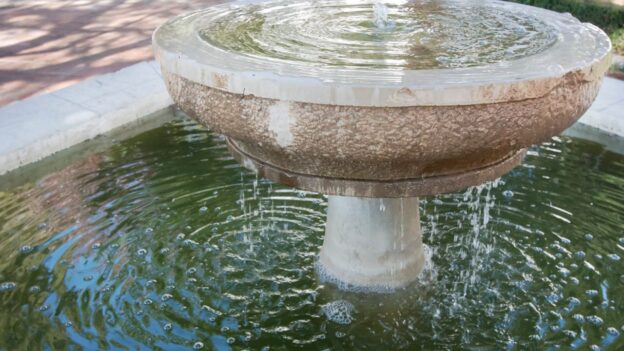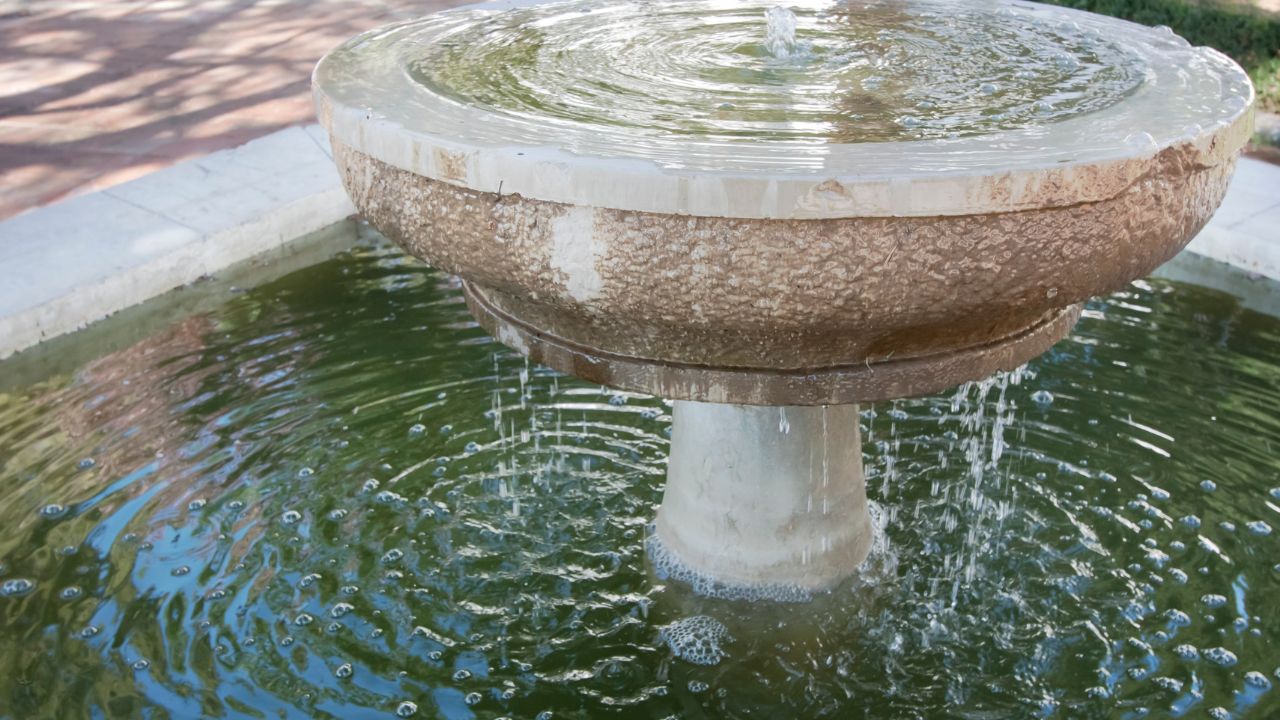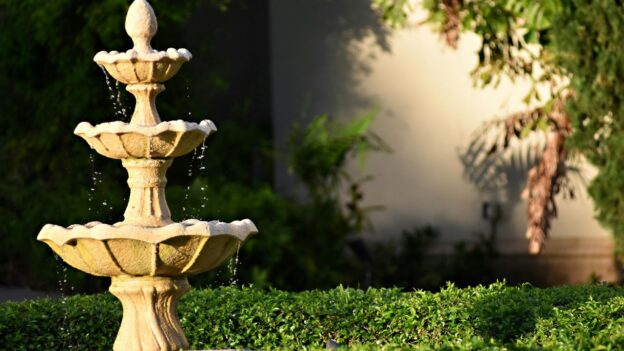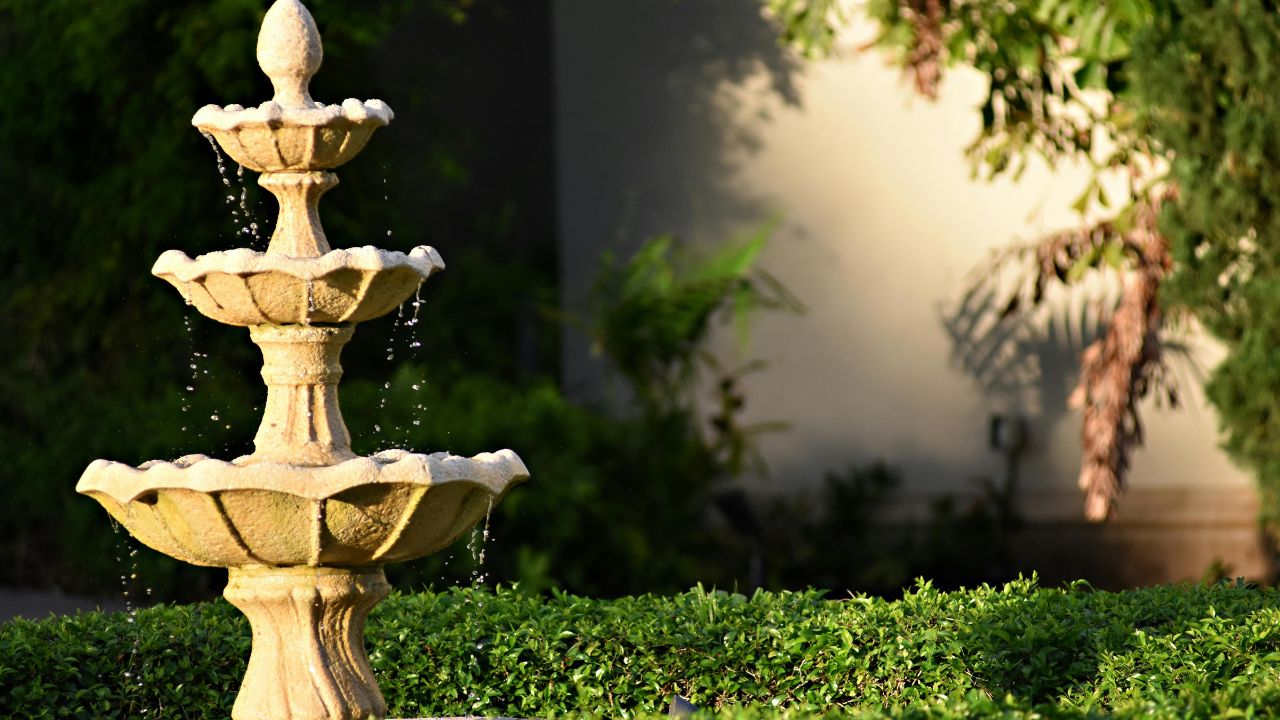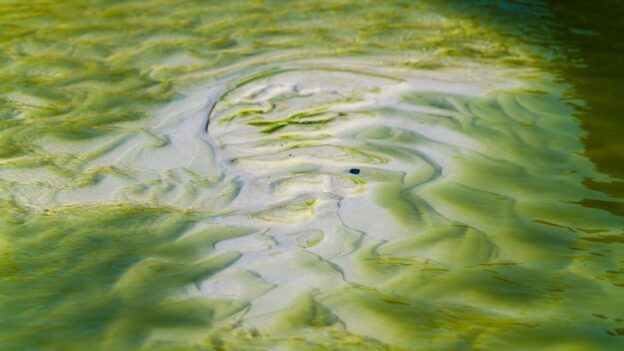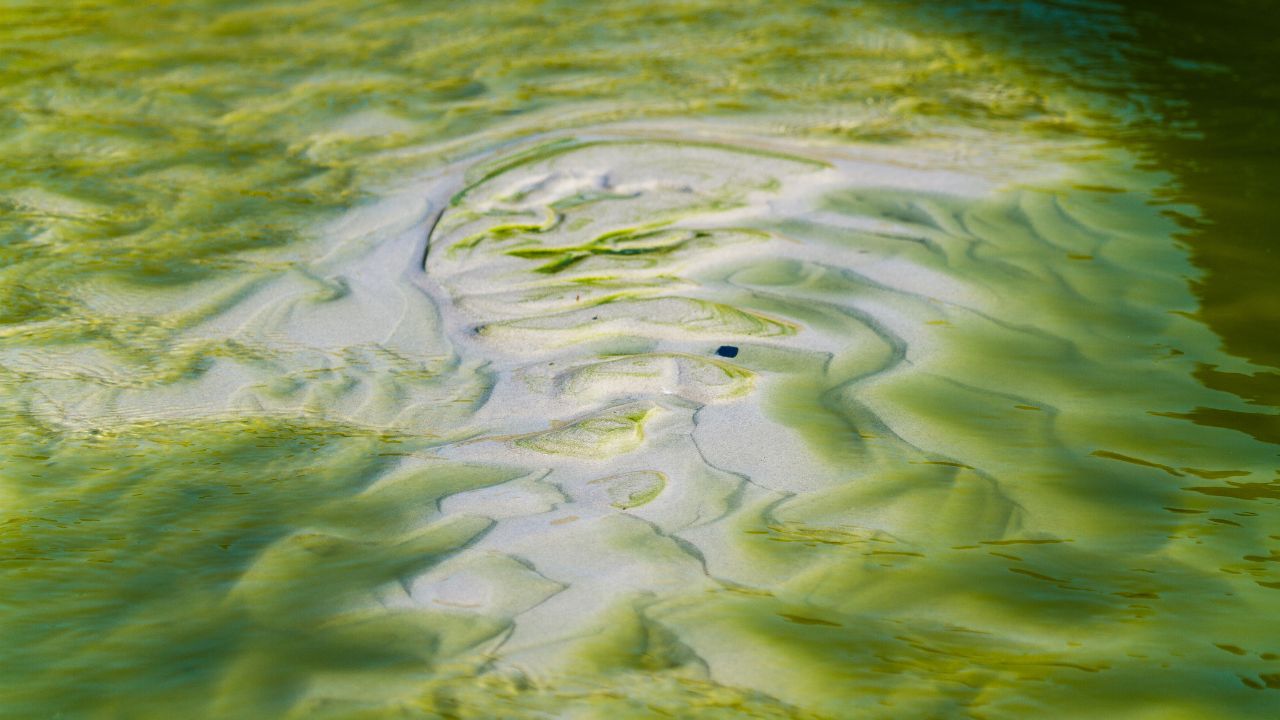Key Takeaways
- Sludge removal in ponds keeps water healthy, clear, and free from odor or algae buildup.
- Pond vacuum systems are safe, and effective, and remove deep muck without draining the pond.
- Expert gear like sediment pumps and beneficial bacteria help long-term pond maintenance.
- Using the wrong tools can hurt your system—pond cleaning equipment in Orange County makes all the difference.
- OC Pond Services offers full care: cleaning, testing, and sludge control that supports water, plant, and fish life.
When the water in a pond looks murky, smells bad, or just feels off, it’s often more than a surface problem. Sludge—made of decaying leaves, fish waste, and organic matter—builds up quietly at the bottom. Over time, this muck affects water quality, clogs filters, and throws off the pond’s balance.
That’s why sludge removal in ponds isn’t just cosmetic—it’s a must for keeping the system safe and clean. But to do the job right, you need the right tools. At Orange County Pond Services, we use professional-grade pond cleaning equipment in Orange County that goes far beyond a net and bucket. Our gear, along with trained techs, keeps everything working the way it should—from backyard koi ponds to large decorative water features.
Let’s take a closer look at how the best pond vacuum systems and removal techniques protect your pond, your fish, and your property.
Why Sludge Needs to Be Removed
Sludge might not be visible from the surface, but it causes real problems for any aquatic ecosystem. It slows water flow, blocks filtration systems, and creates a breeding ground for harmful bacteria. In many cases, it also fuels algae problems, leading to green water and foul smells.
When sludge collects for too long, it reduces water clarity, throws off water level balance, and creates low-oxygen zones that stress fish and damage aquatic plants. In extreme cases, it can even harm pump function or trigger health concerns for nearby wildlife.
Professional pond maintenance services are needed to handle this properly, especially in the warmer months here in Orange County, when buildup happens faster.
High-Performance Pond Vacuum Systems
One of the main tools we rely on is the pond vacuum system. This isn’t your everyday shop vacuum. These systems are built for ponds of all sizes and can remove layers of sludge without emptying the pond or harming fish.
The way it works is simple. A suction head draws in sludge from the pond bottom. It separates debris from the water and either filters it or directs it to a waste area. Some of our systems come with dual chambers for non-stop operation, while others work best in tight spaces or for smaller backyard ponds.
The benefit is clear: pond vacuum systems allow us to safely remove heavy sludge without disrupting the pond’s layout or wildlife. It’s clean, effective, and designed for long-term results.
Sediment Pumps and Sludge Removal Techniques
For larger ponds or ones with thick buildup, we may use submersible sediment pumps. These heavy-duty units move high volumes of sludge, especially when dealing with compact muck or areas with poor flow.
These pumps work alongside aeration systems, which help loosen settled material and make it easier to remove. By breaking up the bottom layer first, we avoid stirring up the whole pond and protect ecosystem health.
Our techs also keep a close eye on water plants, stones, and liners during the process. We make sure we don’t damage the structure or remove too much beneficial matter.
Bacteria Treatments for Long-Term Support
Not all sludge problems require full vacuum removal. In some cases, especially for light layers, we apply beneficial bacteria products. These natural treatments break down organic waste safely over time, reducing sludge and improving water quality without chemicals.
We match the treatment to the pond’s size, depth, and filtration system. These products are safe for fish, pets, and outdoor water fountains, and they help restore balance after a cleaning job. They’re part of our long-term care plans and help reduce how often deeper cleaning is needed.
Why Professional Tools Matter
You might wonder if a regular pool vacuum or DIY gear can do the job. Unfortunately, they often can’t. Sludge is heavy, sticky, and full of matter that can clog or damage everyday tools. Plus, most home equipment can’t reach deep zones or remove debris without risking a water pump burnout.
Using the wrong gear can stir up the muck, kill plants, and even cause fish stress. That’s why our team uses industry-grade pond cleaning equipment in Orange County, including pressure-rated hoses, adjustable suction heads, UV clarifiers, and safety-tested discharge lines.
This gear also helps us avoid common problems like leak detection failures, pump issues, or filtration media overload.
Sludge and Algae Go Hand in Hand
One of the biggest problems with excess sludge is the way it fuels algae control challenges. That organic layer becomes a nutrient source, encouraging algae blooms that cloud the water and reduce oxygen.
If your pond turns green after every warm spell, sludge might be part of the cause. We handle this by pairing physical sludge removal with ongoing water treatments, bacteria boosters, and if needed, targeted chemical treatments—all safe and eco-conscious.
Safety, Public Health, and Environmental Impact
Cleaning ponds isn’t just about looks—it supports public health too. Stagnant ponds full of waste can draw pests, harm nearby gardens, or affect neighboring water systems. In public or shared spaces like HOA ponds or school features, we make sure our process follows safety and disposal guidelines.
Some areas require compliance with local wastewater rules, especially if large volumes are being removed. That’s why our team handles cleanup, runoff control, and proper waste discharge following Orange County and state standards.
We understand key metrics like chemical oxygen demand, total suspended solids, and total nitrogen levels when cleaning certain systems. We don’t just remove muck—we monitor how it affects your pond’s system as a whole.
OC Pond Services: Trusted by Homeowners and Businesses
We’ve worked on every kind of system, from koi ponds and water gardens to historic fountain restoration projects. Our team knows how to inspect, clean, and maintain water features without damaging liners, harming plants, or losing fish.
If your pond has turned dark, smells bad, or fills with gunk after every rain, it’s time to look beneath the surface. Our professional pond technicians are trained to spot issues, recommend tools, and get the job done without cutting corners.
And because we offer full fountain repair services, filtration upgrades, and seasonal plans, you don’t have to wait for something to break before calling us.
At Orange County Pond Services, we bring years of experience and top-rated equipment to every cleaning job. We know that removing sludge is more than just a chore—it’s an important part of protecting your pond’s beauty and function. With tools like pond vacuum systems, UV clarifiers, and natural bacteria treatments, we clean smart and clean right.
If your pond needs deep care, reach out today. Our team will assess your needs and use the best pond cleaning equipment in Orange County to restore water flow, clarity, and health, without guesswork or shortcuts.
